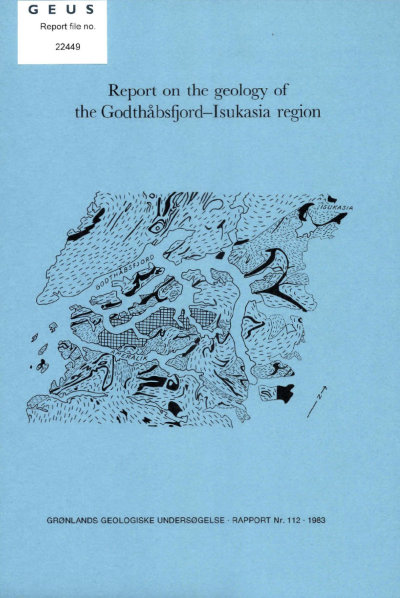Green micas in the Archaean Isua and Malene supracrustal rocks, southern West Greenland, and the occurrence of a barian-chromian muscovite
DOI:
https://doi.org/10.34194/rapggu.v112.7814Abstract
Chemical analyses of green micas from the Archaean Isua and Malene supracrustal rocks of southern West Greenland reveal an exceedingly large compositional range from nearly pure muscovite to types with up to - 17 wt % Cr2O3 and - 8 wt % BaO. Large variations in the concentrations of MgO and FeOT (up to - 3 wt % each), TiO2 (up to - 2 wt %) and Na2O (up to - 1 wt %) were also noted. These Ba- and Cr-rich micas are unlike previously reported analyses of 'fuchsite', and may constitute a new species of mica, the confirmation of which awaits additional mineral-chemical and crystallographic study. Ba-substitution on the mica interlayer- or A-site occurs continuously up to ~ 0.22 cations/formula (11 oxygen normalization), whereas Cr-substitution on the octahedral sites occurs continuously up to ~ 0.45 cations/formula, followed by a compositional hiatus to types with ~ 0.90 cations/formula. This hiatus may indicate a miscibility gap in the Cr-Al series. Ba-substitution [BaAAlIV = KaSiIV] is approximately balanced by Mg- and Fe-substitution [(Mg, Fe)VISiIV = AlVIAlIV] so that the tetrahedral site is ≈ Si3Al. Whether this lack of Al-enrichment is a crystal-chemical effect or represents bulk composition control is unclear. The Ba- and Cr-enrichment in these micas is a distinct geochemical anomaly, the origin of which is problematic. The Ba and Cr may have evolved from detrital chromite and sedimentary barite components in the sedimentary protolith, or be related to secondary processes such as deposition from circulating hydrothermal fluids.
Downloads
Published
Issue
Section
License
This article is distributed under a CC-BY 4.0 licence, permitting free redistribution and reproduction for any purpose, even commercial, provided proper citation of the original work. Author(s) retain copyright over the article contents.


